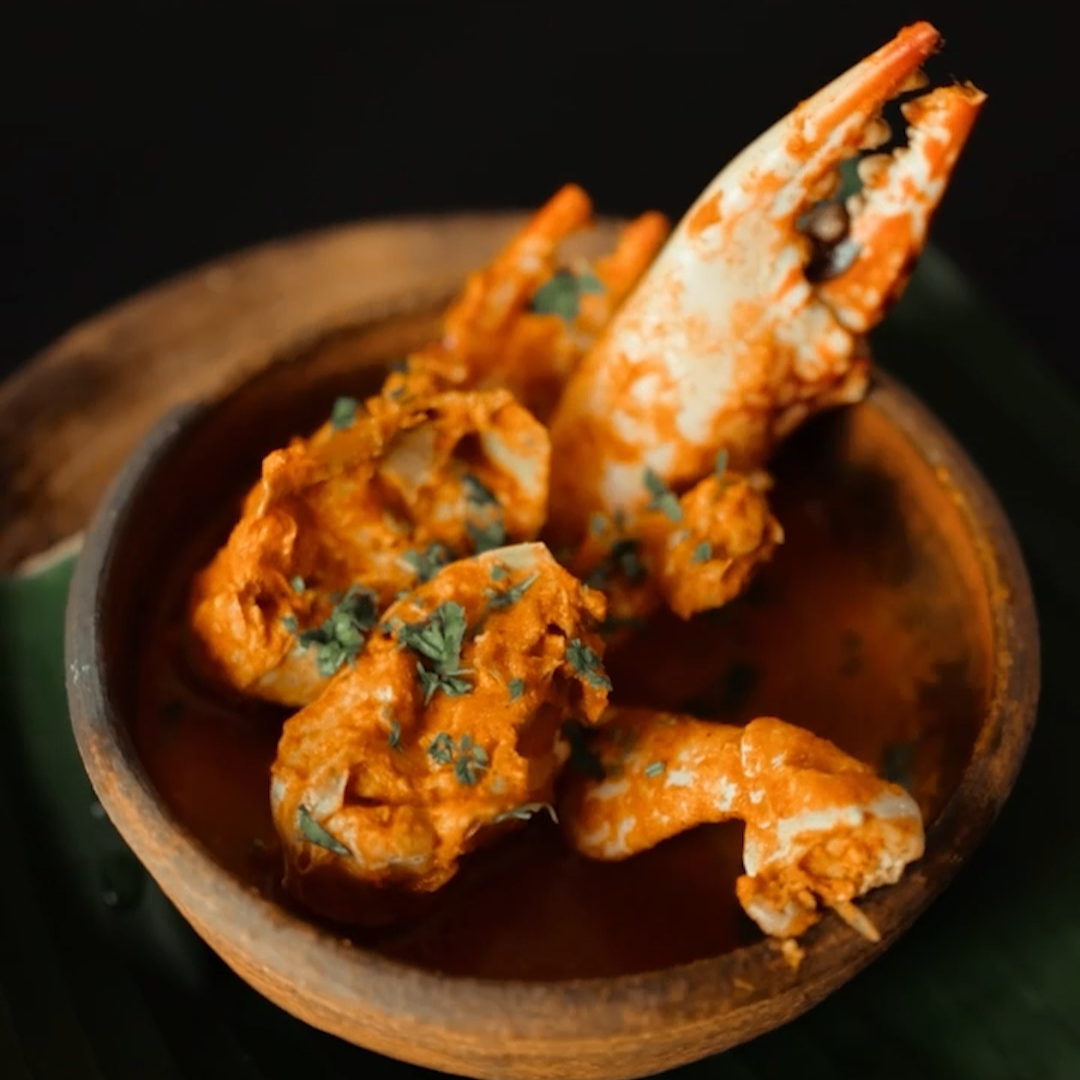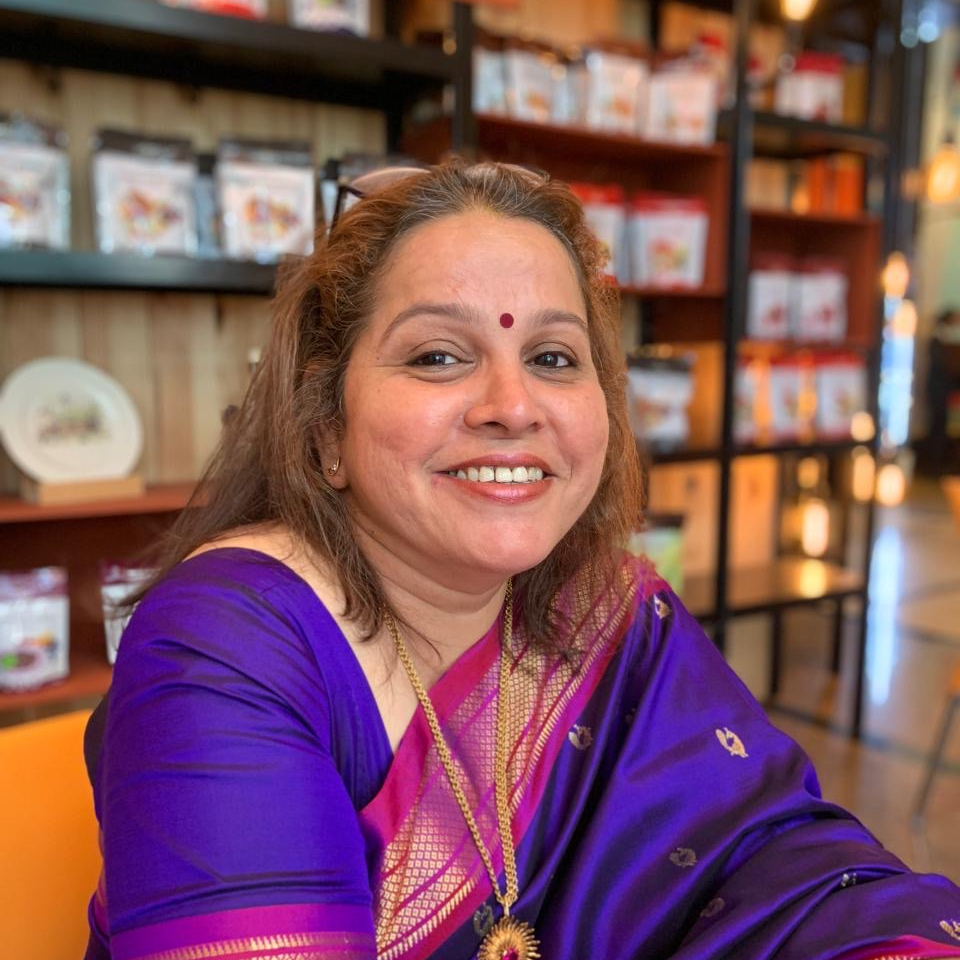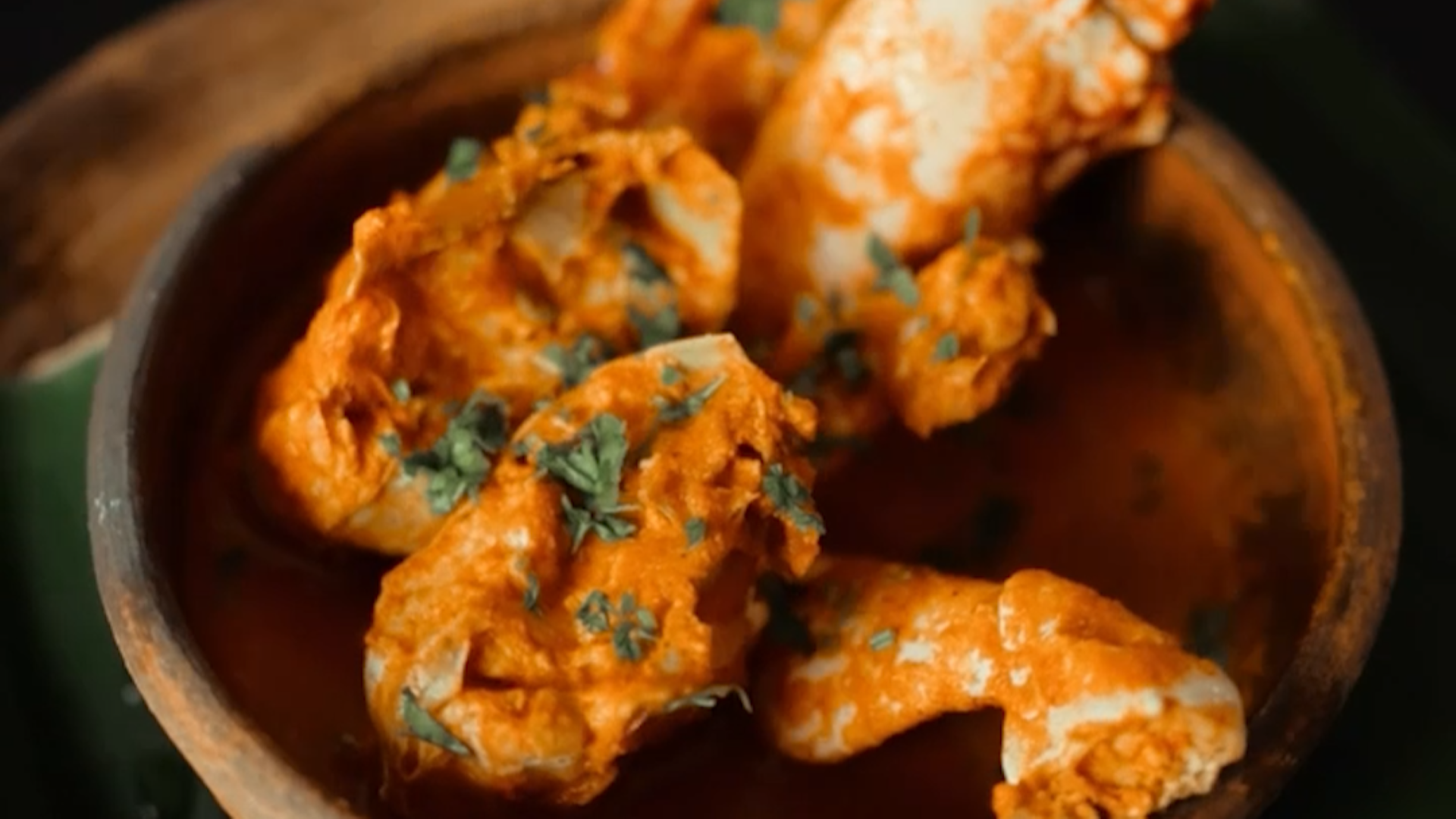There are dishes that evoke memories of childhood, togetherness, and warmth-and then there’s Kurlya Ambat, Mangalorean crab curry. This iconic dish has always symbolised camaraderie, family bonding, and the joy of shared experiences around the dinner table.
In our home, cooking Kurlya Ambat is an event. It’s a gathering that draws family and friends together. We all sit comfortably on the floor in our pyjamas and the heady aroma of crab simmers in coconut, spices, and tamarind wafts through the house. A huge pot of curry, still steaming hot, takes centre stage, accompanied by heaps of fluffy white rice, kachumber (a fresh, tangy salad), and chilled beer. But the real star of the show? Loaves of Wibs bread. Yes, you read that right! While crab curry traditionally pairs with rice, in our home, nothing beats mopping up the thick, flavourful gravy with soft, spongy bread.

There’s something magical about how this meal unfolds – the conversation, laughter, and inevitable banter that flows as freely as the curry itself. It’s the kind of meal where you roll up your sleeves, dig in with your hands, and savour every moment. The slurp of the crab shells, the soaking of bread in curry, and the communal effort to crack open every last claw become part of the experience.
It’s the nostalgia of Sunday lunches, when the whole family gathers around the pot, sharing stories between mouthfuls. It’s the thrill of getting messy, of embracing the process – because eating crab curry is really about relishing the moments that come with it.
In every bite, you taste the history of generations who have perfected this dish—each family adding its own twist, each recipe a little different, but the heart of the meal always the same: love, togetherness, and a deep sense of belonging. For me, Kurlya Ambat is a reminder of where we come from, of the simple joys that life has to offer, and of the people we share it with.So, next time you’re craving a meal that feeds more than just your body, gather your loved ones, pull out a pot, and make some Kurlya Ambat. Serve it with rice, kachumber, a cold drink, and yes – don’t forget the bread!
Kurlya Ambat
Ingredients
- Crabs: 6
To be chopped:
- Onion: 1 small
- Green chilli: 1 (optional)
To be ground to a smooth paste:
- Freshly grated coconut: 1 cup
- Byadgi chillies: 8
- Coriander seeds: 2 tsp
- Tamarind: Lemon-sized ball
- Turmeric powder: ¼ tsp
- Salt: to taste
For Tempering:
- Coconut oil: 2 tbsp
- Onion: 1 small, finely minced
Method:
- Clean the crabs as shown in the video.
- Slightly crush the claws with a pestle.
- Grind the walking and flipper legs in a mixer. Strain the liquid and keep it aside-this is liquid gold, a flavour bomb!
- Add the cleaned crabs, chopped onion, and green chilli to a pot. Add salt and enough warm water to steam the crabs. Cover and let the crabs cook for a few minutes.
- Meanwhile, grind all the ingredients for the masala into a fine paste.
- Add the masala to the pot with the crabs. Add the strained liquid collected from grinding the crab legs.
- Bring to a boil. Cover and simmer for 5 minutes.
- Check for salt and adjust the seasoning.
- Heat 2 tablespoons of coconut oil. Add the finely minced onion and let it brown. Add this to the crab curry, cover, and let the flavours infuse for some time.
Serve hot with rice and a simple kachumber on the side or with soft loaves of bread. Enjoy!
Watch this recipe here – Kurlya Ambat

Chandra Kanchan, a native of Udupi now based in Mumbai, grew up in the warmth of a joint family where the kitchen was the soul of the home. Her earliest memories are filled with the sight of her grandmothers and aunts – each an exceptional cook – pouring love into every meal. Their hands moved with practiced ease, stirring, rolling, and tempering, filling the house with the irresistible aromas of comfort and tradition.
Her Konkani food repertoire is a reflection of their wisdom, passed down through stories, shared tasks, and the unspoken language of a kitchen filled with care. For Chandra, family time means a table laden with favourites, the clatter of steel plates, and conversations that linger long after the meal ends. Each dish she prepares carries a piece of that legacy – a reminder that food is more than sustenance; it’s a bond, a memory, and a homecoming.
Translations and detailed descriptions are provided to give a better understanding of the story to people from different cultural backgrounds across the globe.

